The magic of engagement photography often happens when light and shadow dance together. For every sunset beach proposal or candlelit restaurant moment, photographers face technical challenges that only the right gear can solve. Industry data shows over 70% of engagement sessions happen during “golden hour” or in dimly lit indoor venues. Having the right equipment isn’t just nice to have—it’s what makes the difference between capturing or missing those fleeting moments couples will treasure forever. I’ve shot countless low-light engagement sessions, and I can tell you firsthand that proper gear matters.
That’s why building a reliable low-light gear setup is key to delivering consistently beautiful engagement galleries! Whether you’re navigating a romantic indoor session or racing the setting sun, your tools need to rise to the challenge. Start by checking out our go-to engagement photography equipment—we cover the essentials that help us work efficiently when the light gets tricky. If you’re a Canon shooter, our breakdown of the best Canon cameras for photography highlights bodies that handle low light like champs. Working within a tighter budget? No worries—we’ve also rounded up budget-friendly wedding photography gear that still delivers gorgeous results. And once your gear is dialed in, don’t overlook posing—especially in low light! These advanced engagement posing tips will help you guide couples with confidence, even when the lighting isn’t perfect. Let’s dig into the gear that makes those cozy, glowy vibes come to life!
Table of Contents
- Necessary Equipment for Professional Low Light Engagement Photography
- Camera Equipment: Choosing the Best for Low Light
- Lenses: Capturing Detail in Dim Environments
- Accessories and Tools for Efficiency
- Camera and Lens Comparison Tables for Low-Light Performance
- Optimizing Workflow: Bridging Gear and Technique
- Conclusion: Mastering Low Light Engagement Photography
- FAQ: Addressing Common Questions
Necessary Equipment for Professional Low Light Engagement Photography
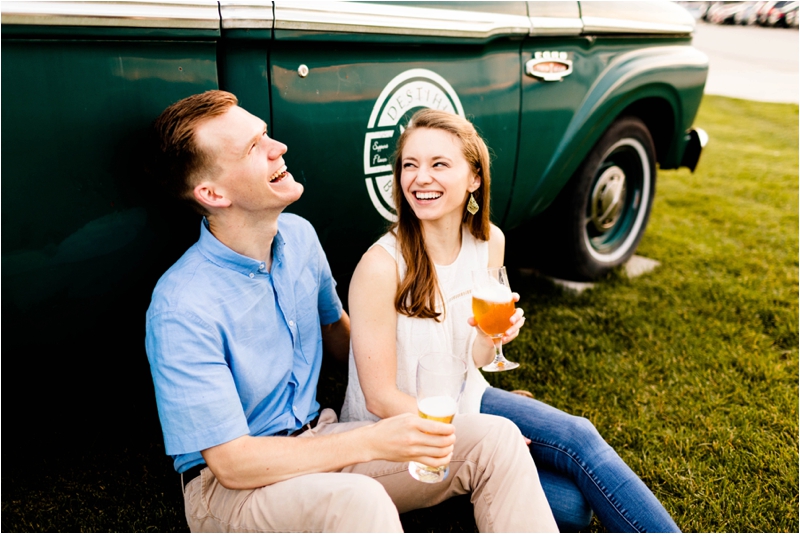
Creating beautiful engagement portraits in tricky lighting starts with thoughtfully chosen professional photography gear! It all begins with a camera body that can handle high ISO settings like a champ, paired with lenses designed to soak up every bit of available light!
If you’re diving into low light engagement photography, full-frame cameras make a world of difference! These larger sensors pull in far more light than crop sensors, giving you cleaner, crisper images with less digital noise—even when you’re cranking that ISO! Cameras like the Sony Alpha a7 III, Canon EOS R6 II, and Nikon Z6 II have become favorites among photographers who regularly shoot in dim conditions!
Lighting gear plays a huge role too! While natural light adds lovely ambiance, having reliable portable lighting gives you the freedom to take charge when the ambient light starts to disappear! Compact speedlights with strong guide numbers, versatile LED panels, and softening modifiers all help you create flattering light no matter where you’re shooting! A great softbox or diffusion panel can turn an ordinary flash into a soft, romantic glow that complements the feel of any engagement session!
And let’s not skip stability! Even with advanced image stabilization, a solid tripod becomes your best friend once shutter speeds drop below handholding range! Lightweight carbon fiber tripods strike the perfect balance between sturdy and portable, making them ideal for on-the-go shoots where lighting conditions can change from one moment to the next!
Camera Equipment: Choosing the Best for Low Light
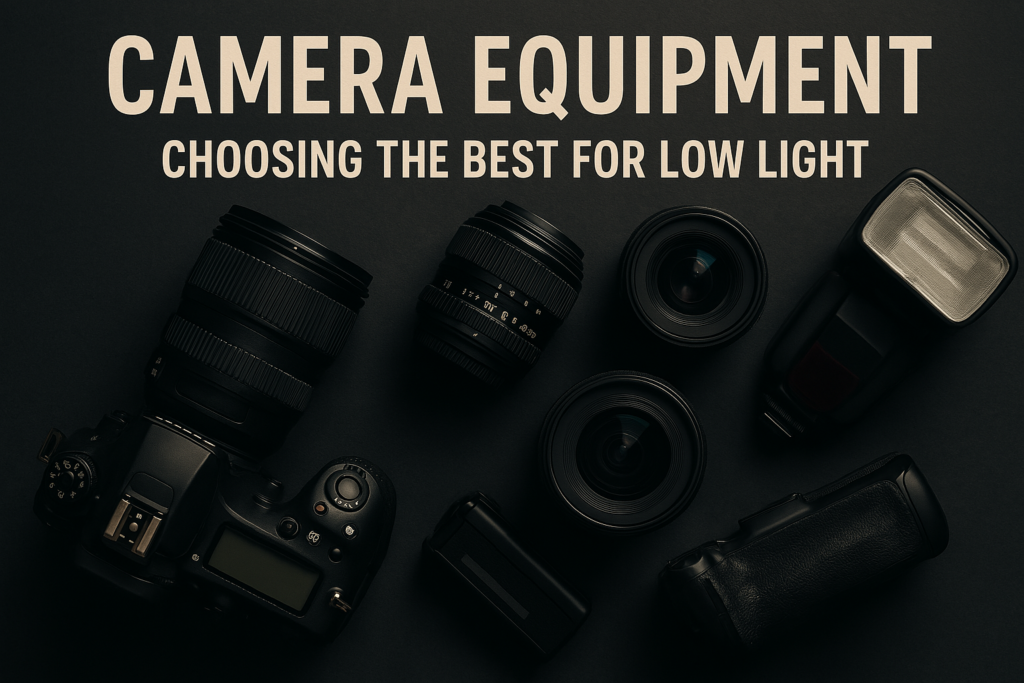
Your camera body is the heart of your low light setup! These challenging conditions push even the strongest gear, so you’ll want sensors and processors that perform beautifully with minimal illumination while still delivering vibrant, clean images! Here’s what to focus on when selecting both your main and backup cameras!
Primary Camera: Features and Recommendations
Your main camera needs to perform beautifully in low light without compromising image quality! When you’re choosing a camera for dimly lit sessions, full-frame sensors should be at the top of your list—they’re built to capture as much light as possible, giving you a real edge when the sun dips low or indoor spaces get tricky!
Based on DxOMark’s testing, the Canon EOS R3 is currently leading the pack in low-light performance, boasting an outstanding ISO score of 4086! That kind of sensitivity makes it an absolute powerhouse in dark conditions! Plus, its autofocus system can lock on even when the light hits -7.5 EV with an f/1.2 lens—which means it can focus in scenes darker than what we can comfortably see with our own eyes!
The Sony A7S III deserves a spotlight if you’re blending stills with video in your engagement sessions! Its 12.1MP sensor is designed with larger pixels that soak in more light, and with a strong low-light ISO score of 3730, it delivers incredibly clean images even in near-darkness! You can confidently lift shadows and boost exposure during post-processing without worrying about noise creeping in—making it a dream for capturing the ambiance of candlelit proposals or cozy, low-lit venues!
Nikon users should check out the Z6 III with its autofocus sensitivity rated to an incredible -10 EV with an f/2.0 lens. This exceptional focusing ability ensures sharp images even in challenging evening environments with minimal contrast.
The best camera for wedding photography needs more than just a capable sensor. Look for features like in-body image stabilization (IBIS), which gives you 5-8 stops of shake compensation when shooting handheld at slower shutter speeds. Dual card slots aren’t optional for professional work—they’re essential for immediately backing up irreplaceable moments.
Secondary Camera: Why You Need a Backup
After shooting hundreds of engagement sessions, I can confidently say that gear tends to fail at the absolute worst moments! That’s why a backup camera isn’t optional—it’s a must-have piece of equipment that no professional heads to a shoot without! When a once-in-a-lifetime proposal is unfolding right in front of you, there are no second chances if your main camera suddenly gives out!
Award-winning engagement photographer Jesse Boone learned this lesson during a sunset Brooklyn Bridge session when his primary camera suddenly shut down. Thankfully, his Canon 5D Mark IV backup was ready, allowing him to capture the couple’s silhouettes against the dramatic sky without missing a beat. Without that second body, those iconic images would’ve been lost forever.
Ideally, your backup camera should mirror your primary in both interface and performance, so you can switch between them effortlessly without missing a beat! Many professionals prefer using two identical bodies for consistency in image quality, color, and handling throughout the session!
But it’s not just about having a safety net—a second camera can seriously streamline your workflow! With both cameras ready to go, you might pair one with a 35mm f/1.4 for wide, environmental portraits and the other with an 85mm f/1.2 for tight, intimate close-ups! This setup keeps you agile and responsive as moments unfold—no need to fumble with lens changes when the energy is building fast during an engagement session!
Lenses: Capturing Detail in Dim Environments
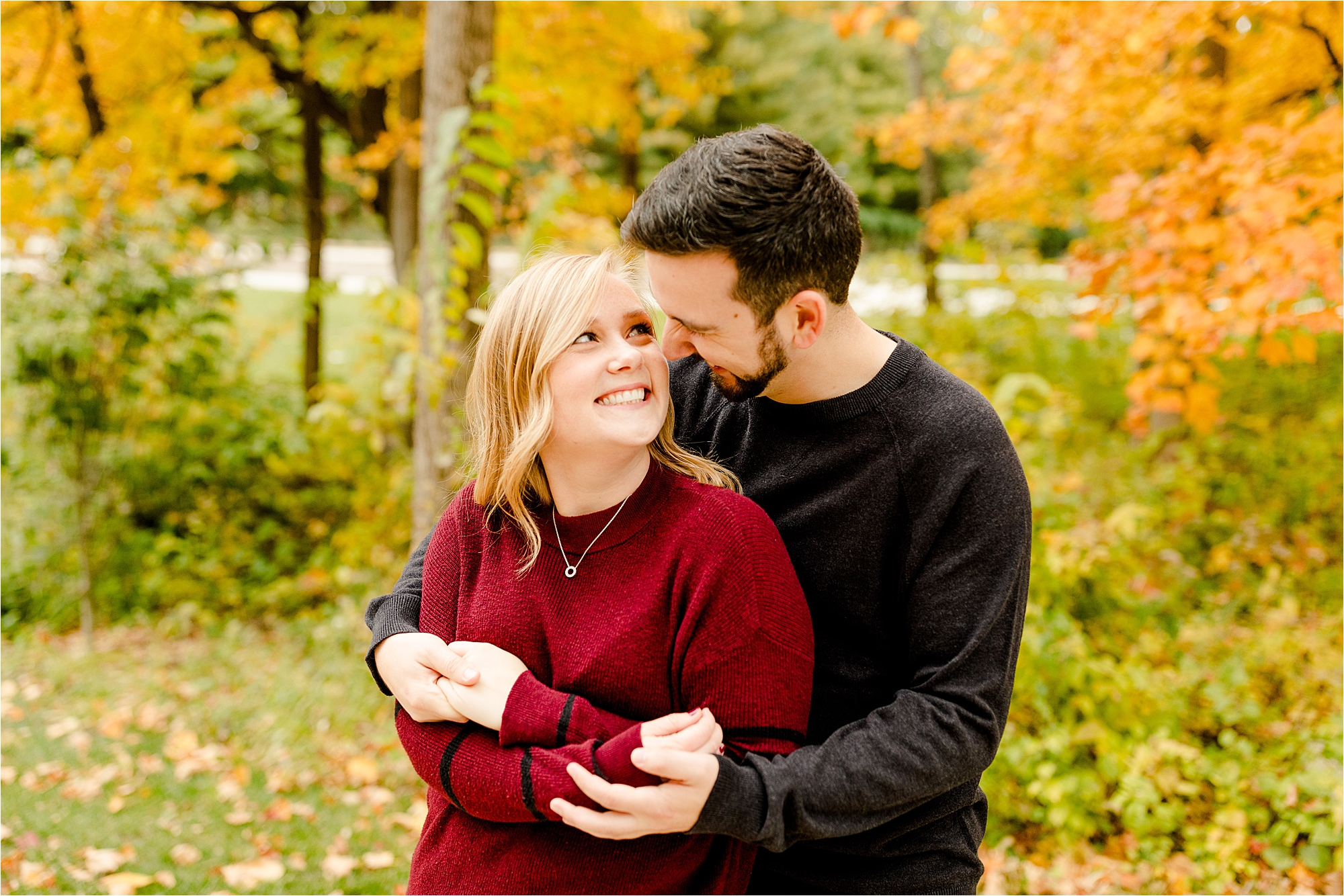
Your lens choices often impact the final image more than the camera body itself, especially when you’re working in low light! The best lens for engagement photos brings together powerful light-gathering ability with crisp optical clarity, helping your images sparkle with detail—even when the lighting isn’t ideal!
Prime vs. Zoom Lenses: Pros and Cons
Prime lenses are true standouts when it comes to low light photography gear! Their fixed focal lengths and simpler builds allow for wider maximum apertures, which means significantly more light reaches your sensor! The gap between an f/1.4 prime and an f/2.8 zoom is two full stops of light—often the key to capturing a sharp, clean image without blur or excessive noise!
The Canon RF 50mm f/1.2L USM is a favorite for a reason—it delivers exceptional light intake with that f/1.2 aperture and adds beautiful, dimensional rendering that makes couples stand out effortlessly from their backgrounds! On the Sony side, the FE 85mm f/1.4 GM is a go-to for creating flattering portraits with a gentle compression that adds intimacy, all while performing like a pro in low light!
Zoom lenses, on the other hand, win when it comes to versatility! The Sigma 24-70mm f/2.8 DG DN Art offers flexible composition without having to physically reposition—a huge advantage in tight spots like restaurants or when you’re catching spontaneous moments on the fly! It’s no surprise this focal range is a staple in many wedding photography kits—it adapts beautifully to a variety of scenarios!
For engagement photographers who lean toward a photojournalistic style, building your kit with key prime focal lengths—like 35mm, 50mm, and 85mm—creates a more intentional, nimble setup than relying solely on zooms! Plus, these primes double perfectly as headshot lenses, giving you even more value and versatility beyond engagement work!
Aperture Considerations: Choosing the Optimal F-stop
Aperture selection plays a key role in both the technical and creative side of low light engagement photography! While wide apertures like f/1.2 and f/1.4 are fantastic for maximizing light intake, they also create incredibly shallow depth of field—which can make focusing a real challenge! Real-world tests highlight how dramatic the light transmission differences can be: f/1.2 to f/1.4 gives you 36% more light, f/1.4 to f/1.8 adds 67% more, and f/1.2 to f/1.8 jumps a full stop, translating to 125% more light!
When working with these ultra-thin focal planes, I’ve found that stopping down just slightly to f/1.8 or f/2.0 often strikes a better balance between gathering light and nailing focus—especially for shots where you want both partners’ eyes to appear tack-sharp!
And if you’re looking for high performance without going all the way to f/1.2, the Nikon Z 35mm f/1.8 S proves that modern lens design can deliver stunning results! This lens offers crisp sharpness and strong contrast wide open at f/1.8, while resisting flare beautifully during backlit scenes—perfect for sunset engagement sessions! Its slightly wide perspective adds gorgeous environmental context while still allowing for pleasing background separation!
Accessories and Tools for Efficiency
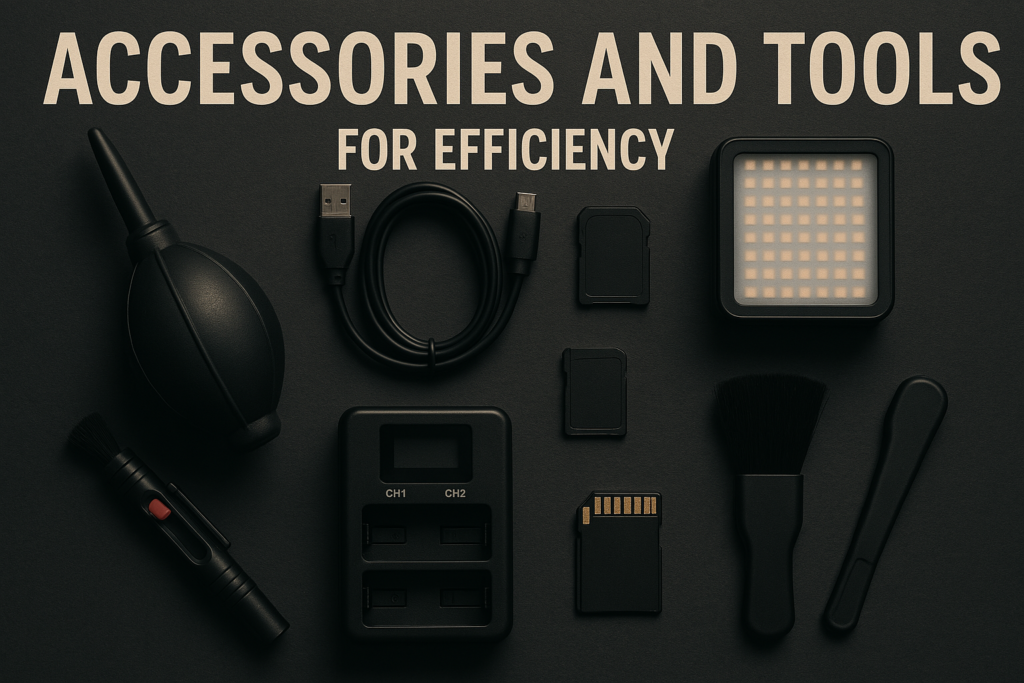
Your cameras and lenses form the core of your kit, but it’s often the supporting gear that turns a good shoot into a seamless, standout experience! The right accessories enhance your flexibility, save time, and keep your creativity flowing—especially when you’re navigating low light challenges!
Memory Cards: Capacity and Speed for Low Light Conditions
Low light shooting puts unique demands on your memory cards! Since you’re often shooting in RAW to capture every bit of detail for post-processing, your file sizes get much larger! And if you’re using burst mode to lock in sharp shots with slower shutter speeds, those files stack up fast!
That’s where high-capacity, high-speed memory cards really shine! Look for cards with read/write speeds of at least 300MB/s—this helps your camera buffer clear quickly, keeping you ready for the next shot without lag! Cards that use UHS-II or CFexpress tech provide the speed you need when moments unfold in rapid succession!
Capacity is just as important as speed! A 128GB or 256GB card gives you plenty of space to capture an entire engagement session without needing to swap cards mid-shoot! Many pros prefer carrying a few large-capacity cards rather than juggling lots of smaller ones—it’s easier to stay organized, and you reduce the risk of misplacing anything precious! Plus, fewer card changes are a huge bonus in dimly lit environments where finding dropped gear can be tricky!
Camera Stabilization: Tripods and Monopods
Few pieces of gear are as valuable in low light as solid stabilization equipment! Once your shutter speed drops below the hand-holdable threshold—typically 1 over your focal length—even the steadiest hands can introduce camera shake that softens your images! That’s when a reliable tripod becomes your absolute best friend!
Photographer Jeff Youngren illustrated this beautifully during a tricky midday shoot in a barley field! Despite the harsh overhead sunlight—which can be tough for flattering portraits—he used a tripod with his Nikon D850 and 85mm f/1.4 lens to lock in a precise composition and tack-sharp focus at f/1.4 and 1/4000 second! The added stability gave him the control to frame the couple exactly where their skin tones matched the distant mountains, creating a perfectly balanced image under less-than-ideal conditions!
For engagement sessions where flexibility is key, carbon fiber tripods offer the best mix of strength, portability, and ease of use! Look for models with quick-release plates and fast-deploying leg locks so you can react as the light changes! A ball head helps with smooth, intuitive composition adjustments, while a center column hook gives you a clever way to add extra stability by hanging your camera bag—especially handy in breezy outdoor shoots!
And when a tripod isn’t practical? A monopod can be a fantastic alternative! It’s perfect for candid-style engagement sessions where you’re on the move and need to pivot quickly between locations! While not quite as stable as a tripod, a good monopod still helps extend your usable shutter speeds and adds steadiness without slowing you down!
Light Modifiers: Softboxes and Diffusion Panels
Control over light quality is one of the biggest things that sets professional images apart—especially when the environment gets tough! Your lighting gear should go beyond power alone, with modifiers that turn harsh, direct flash into soft, flattering illumination that adds depth without overwhelming your subjects!
Award-winning photographer Sam Hurd offered a perfect example of creative problem-solving during a dark reception shoot! Armed with his Sony A9 and 35mm f/1.4 lens at ISO 6400, he used his signature “lens chimping” technique—holding a convex lens element in front of the camera to catch artistic flares from the sparse ambient lights! What could’ve been an ordinary low-light shot turned into something distinctive and full of character!
Portable softboxes designed for speedlights are game-changers when it comes to softening light on the go! They dramatically reduce the harshness of bare flash, creating smoother skin tones and more gradual transitions between highlights and shadows! Look for models that offer quick setup, internal diffusion panels, and compact fold-down designs—perfect for engagement shoots where space and time are tight, but quality lighting still matters!
And when the lighting really drops off? Small LED panels can be lifesavers! Today’s LEDs offer adjustable color temperature, dimmable output, and battery-powered convenience, making them incredibly easy to place exactly where you need them! Whether you’re bringing out subtle details in a near-dark environment or helping your autofocus find its mark, these portable lights can make all the difference when working in tricky conditions!
Camera and Lens Comparison Tables for Low-Light Performance
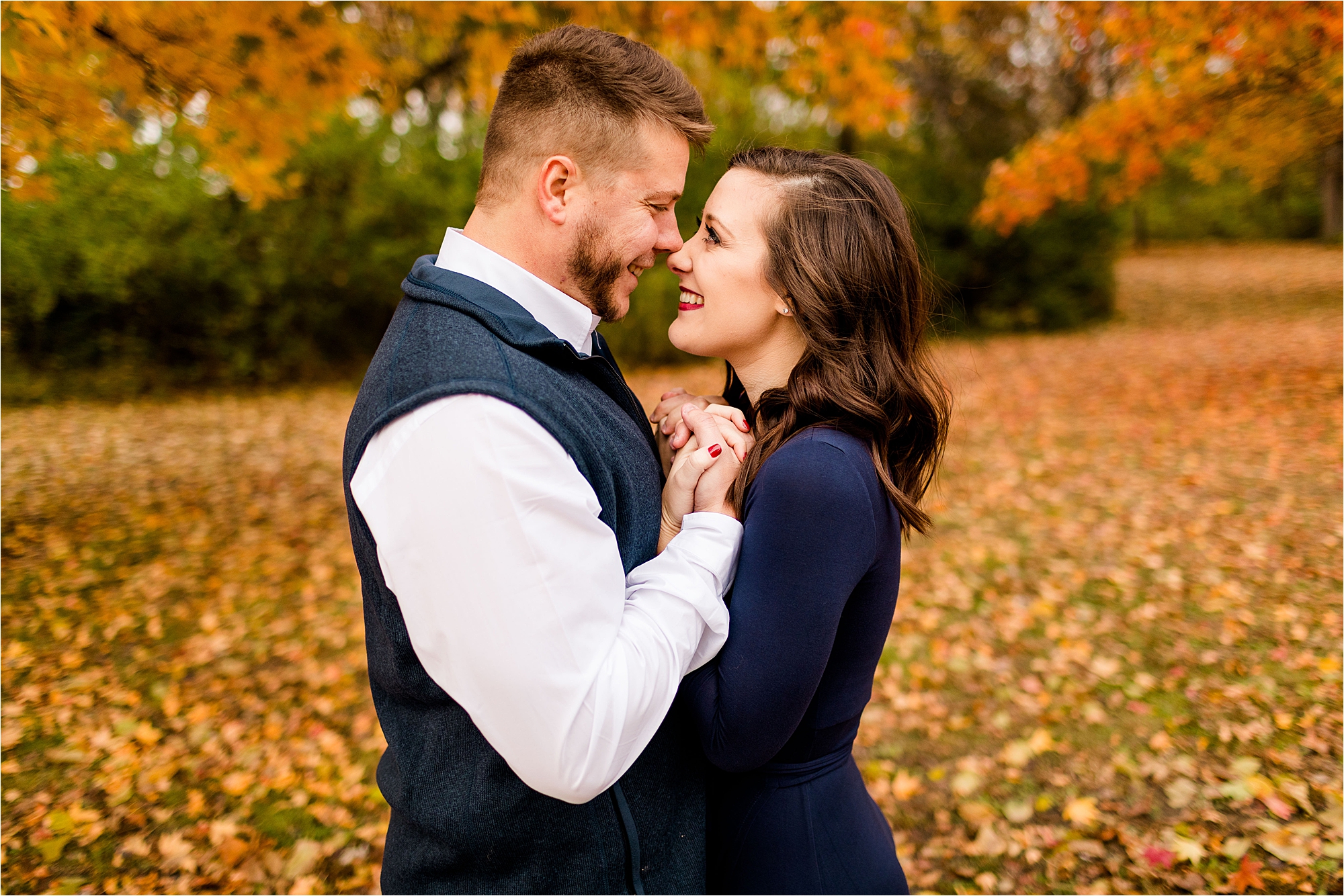
Top 5 Full-Frame Cameras for Low-Light Performance (2025)
Data sourced from DxOMark and Rtings technical testing.
| Camera Model | Low-light ISO Score | Dynamic Range | Autofocus Sensitivity | ISO Invariance Point |
|---|---|---|---|---|
| Canon EOS R3 | 4086 | 14.7 stops | -7.5 EV (f/1.2) | ISO 200 |
| Sony A7S III | 3730 | 14.7 stops | -6 EV (f/2.0) | ISO 640 |
| Nikon Z6 III | ~3500 | 14.5 stops | -10 EV (f/2.0) | ISO 400 |
| Sony A7 IV | 3379 | 14.6 stops | -4 EV (f/2.0) | ISO 500 |
| Canon EOS R6 Mark II | 3154 | 14.6 stops | -6.5 EV (f/1.2) | ISO 400 |
Prime Lens Light Transmission Comparison
| Aperture | Light Gathering vs. f/1.8 | Light Gathering vs. f/2.8 | Typical Depth of Field at 6ft (50mm) |
|---|---|---|---|
| f/1.2 | 125% more light | 400% more light | 3.4 inches |
| f/1.4 | 67% more light | 300% more light | 4.0 inches |
| f/1.8 | Baseline | 167% more light | 5.1 inches |
| f/2.0 | 25% less light | 100% more light | 5.7 inches |
| f/2.8 | 167% less light | Baseline | 8.0 inches |
Optimizing Workflow: Bridging Gear and Technique
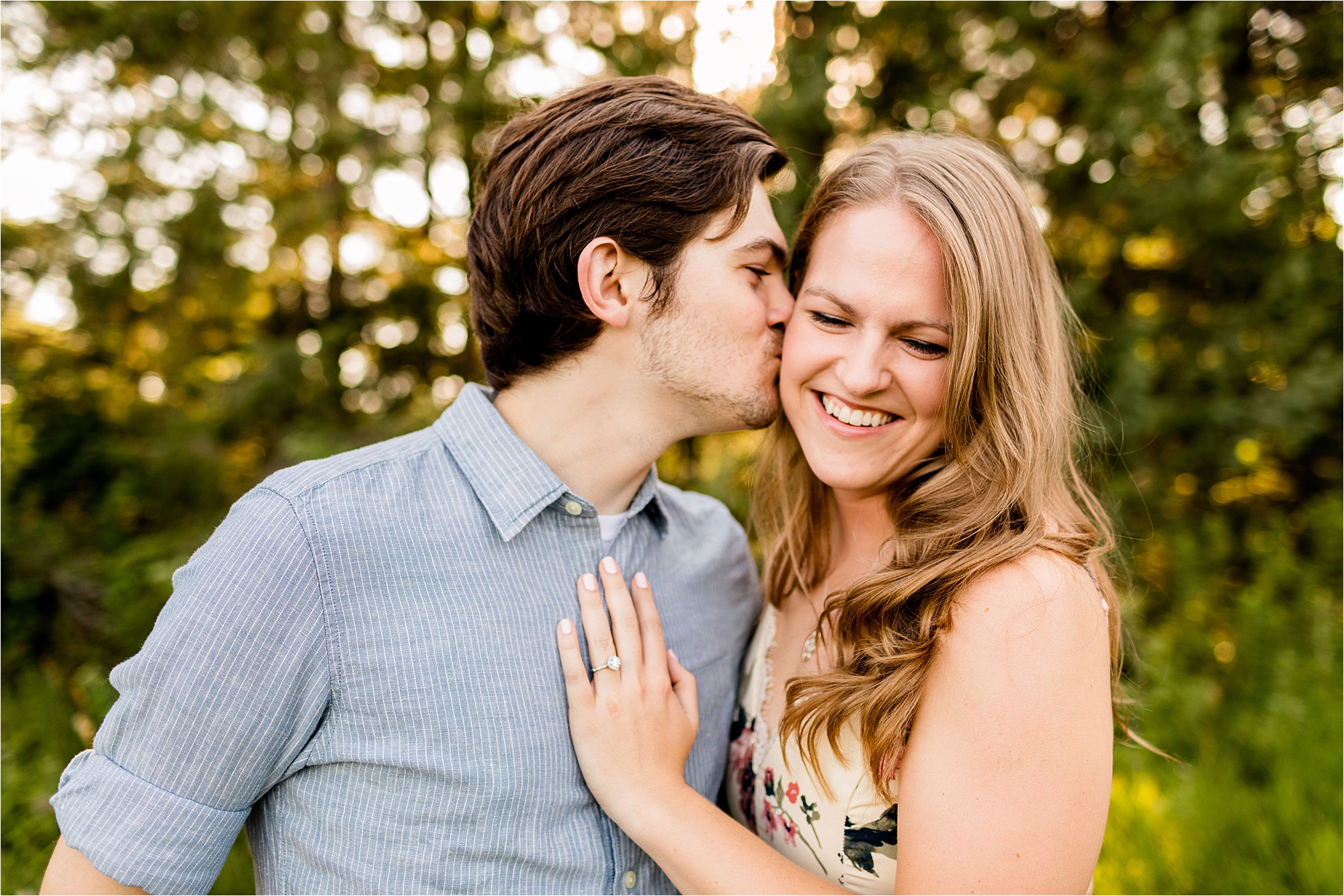
Even the best photography gear can only take you so far without a workflow that supports it! Bridging the gap between powerful equipment and technical skill comes down to thoughtful preparation, smart organization, and smooth execution!
Organizing and Managing Gear Effectively
A well-rounded wedding photographer gear checklist is your go-to workflow tool before every engagement session! It keeps your prep tight and your mind at ease! Before heading out, run through your list to confirm everything’s packed. Mine includes primary and backup camera bodies, a set of go-to lenses (usually 35mm, 50mm, and 85mm primes plus a 24–70mm zoom), speedlights, triggers, modifiers, batteries, memory cards, and tripods! Keeping a digital version handy means you’re never caught off guard by a missing essential!
Battery life deserves special attention—especially during colder months! Lithium-ion batteries can lose up to 50% of their capacity in near-freezing conditions. For winter shoots, I double up on spares and keep them in my inner jacket pockets to stay warm! Some photographers even bring USB power banks paired with DC couplers to stay powered during long golden-hour-to-blue-hour sessions, minimizing interruptions and keeping the creative flow uninterrupted!
A bit of pre-session prep goes a long way! Fully charge every battery, format memory cards in-camera, and give your lenses and sensor a proper cleaning to avoid spots that show up more easily in low light! Double-check your tripod setup to make sure everything is sturdy and functioning smoothly—because even small issues become big obstacles when you’re working with long exposures!
Conclusion: Mastering Low Light Engagement Photography
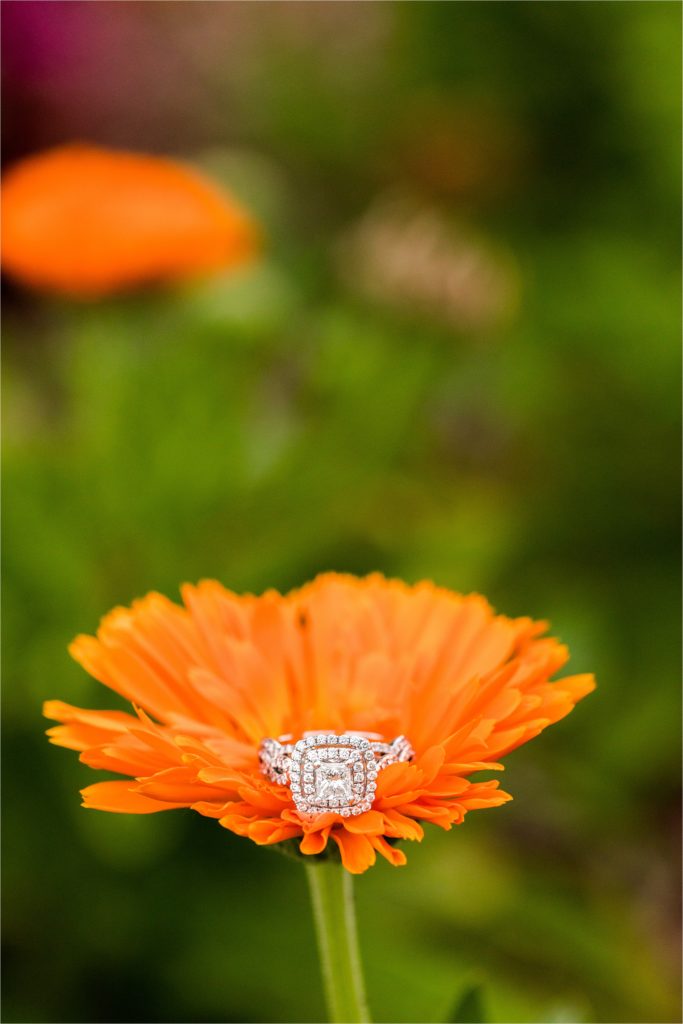
Excellence in professional photography comes from a thoughtful balance between technical skill and creative vision! When you combine intentional gear choices with practiced technique, challenging lighting conditions become exciting opportunities to create unique engagement portraits that truly stand out in a competitive field!
Success begins with understanding how your camera and lens form the foundation of your technical setup! Full-frame sensors with strong high-ISO performance paired with fast prime lenses give you the flexibility and image quality you need when light is scarce! It’s never about the logo on your gear—it’s about matching the tool to the moment and knowing exactly what it can do!
Beyond the must-haves—like reliable camera bodies and versatile glass—your approach to lighting can make all the difference! Instead of thinking of flash as a backup plan, embrace it as a creative tool that shapes and enhances your scene! Whether you’re using subtle off-camera flash with diffusion or leaning into available light sources, intentional lighting adds mood, dimension, and emotional richness that your clients will treasure in their images!
Perhaps the most important insight? Practice before pressure! Testing your gear in similar conditions builds confidence and clarity—so when the light fades and the moment unfolds, you can focus on capturing it beautifully! Knowing how your camera behaves at ISO 6400 or how your flash blends with sunset tones lets you shoot with confidence and creativity, even when time is tight and the light is changing fast!
FAQ: Addressing Common Questions
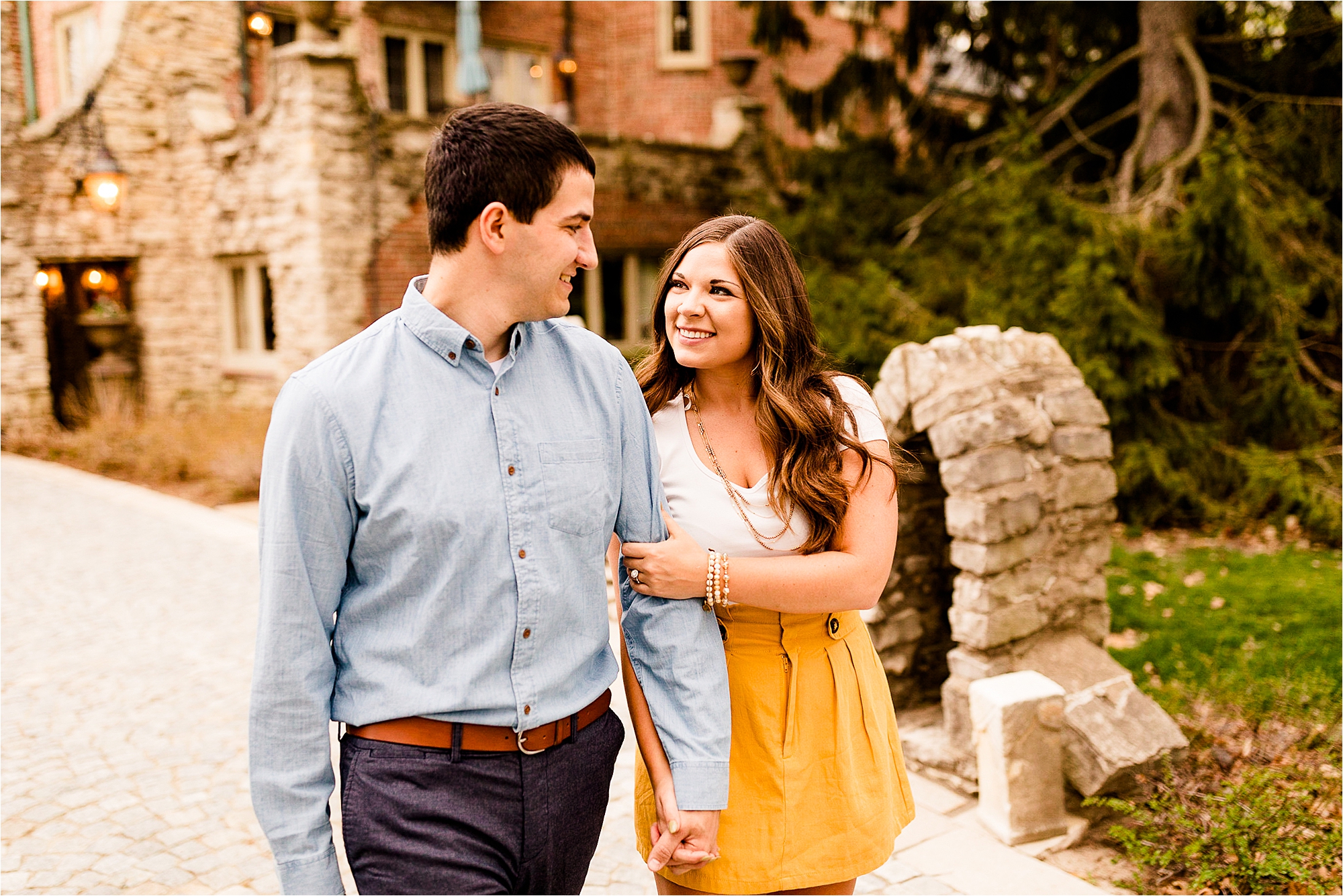
What camera offers the best value for low light engagement photography?
While high-end models like the Sony A7S III and Canon EOS R3 are built to thrive in near darkness—with impressive low-light ISO scores above 3700—you don’t have to stretch your budget to get great results! Mid-range full-frame options like the Canon EOS R6 II and Nikon Z6 II deliver outstanding low-light performance at more accessible price points! These cameras pair excellent high-ISO handling with advanced autofocus systems that stay locked in even when the lighting gets tricky! Instead of chasing megapixel numbers, prioritize full-frame sensors with strong dynamic range—they’re the true heroes in tough lighting situations!
Which lenses should I prioritize for my kit when shooting engagement sessions?
Fast prime lenses are your best friends when shooting engagement photos in low light! Start with a versatile 50mm f/1.4 or f/1.8—it’s perfect for everything from romantic close-ups to environmental portraits! As you build your kit, add an 85mm f/1.4 or f/1.8 for dreamy background blur in more intimate frames, and a 35mm f/1.4 or f/1.8 for wider shots that capture the environment with your couple! These three focal lengths—35mm, 50mm, and 85mm—form the foundation of many pro engagement kits thanks to their versatility and gorgeous rendering in a wide range of locations and lighting conditions!
Do I really need off-camera flash for engagement sessions?
Natural light can be absolutely beautiful—but off-camera flash opens up so many creative possibilities, especially in tough lighting! For sessions that stretch into the evening or take place indoors, a solid speedlight with remote triggering gives you control when ambient light begins to fade! Even when there’s just enough light to get by, a subtle pop of flash adds depth, separates your subjects from busy backgrounds, and elevates your portraits during golden hour and beyond!
What night photography accessories make the biggest difference in image quality?
When it comes to accessories that level up your night shooting, a sturdy tripod is a total game-changer! Models like the Manfrotto 055 or Gitzo Traveler offer rock-solid stability, letting you shoot at slower shutter speeds without introducing blur! Other essentials include remote shutter releases to avoid vibration, ND filters for creative long exposures during sunset transitions, and compact LED panels that provide just enough light to focus when it’s nearly pitch black! These tools don’t just help—you’ll feel the difference in your final images!
How do I balance flash with ambient light for natural-looking results?
The key to natural-looking flash is all about balance! Start by metering for the ambient light and underexposing the background slightly—about 1/2 to 1 stop—to preserve the mood and atmosphere! Then introduce flash at low power through a soft modifier, like a small softbox or bounce card, to gently lift your subjects without overpowering the scene! This approach lets you maintain the beauty of sunset tones or moody indoor lighting while still keeping your couple perfectly exposed and polished!
Is in-body image stabilization (IBIS) worth paying more for in a camera body?
Absolutely—especially if you often shoot handheld in low light! In-body image stabilization (IBIS) offers 5 to 8 stops of compensation in many modern cameras like the Sony Alpha series or Canon R6 II, allowing you to shoot at slower shutter speeds without blur! It’s incredibly helpful when tripods aren’t practical and flash would disrupt the mood! IBIS lets you work quietly, naturally, and creatively—even in dim settings—without sacrificing image quality or bumping your ISO sky-high!
Affiliate Disclosure: Some links in this post are affiliate links, meaning we may earn a commission if you make a purchase through our links, at no extra cost to you. As wedding photographers ourselves, we only recommend gear we’ve thoroughly researched or would use in our own business. Your support helps us continue creating valuable content for the photography community.